Tips to stay safe and prepare for winter activities this year
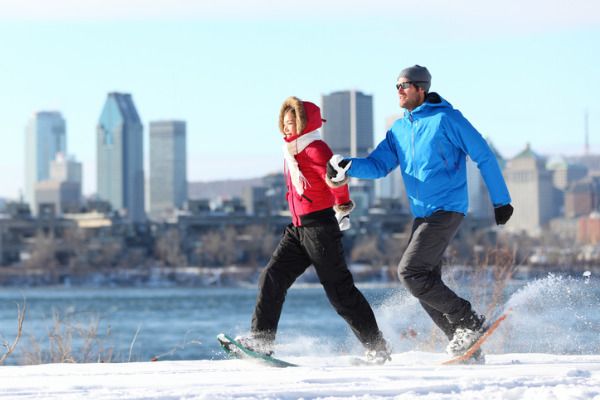
This will be the winter for outdoor sports and activity! Even with gyms, pools and fitness classes open in many regions of the country, outside activity will be more popular than ever since public health authorities continue to indicate that the risk of virus transmission is lower outdoors. This is the year to embrace and enjoy all four seasons outdoors.
Being active outside during the winter months requires some advance planning and preparation to have fun and prevent injury. If you are new to outdoor activities, think about what you like to do! Have you ever tried a winter sport?
Running, walking and hiking are year-round activities and excellent choices during the fall season to gain and maintain good muscle strength and balance heading into the winter.
Once winter arrives, some people continue to run in their usual running shoes while others switch to a winter running shoe. Small cleats pulled onto the soles of the shoes on icy days can help prevent falls.
These small cleats are not suitable on snow-cleared bare pavement, so these game-day decisions are dependent on weather and paths available.
For the walkers, walking poles add stability and balance. Rubber tips or booties can simply be taken off for icy days, or an actual sharper ice tip can be added. When trail-walking in deeper snow, snowshoeing or cross-country skiing, use a pole with a basket.
Across the spectrum of all sports, equipment is always an important part of injury prevention. Equipment needs to be correct for the sport, be in good condition, and fit well. New and used winter sports equipment is already in high demand, as were bicycles this past spring.
If you are digging out some of your own equipment, check it carefully. Downhill ski bindings should be professionally checked and the skis should be waxed and sharpened. Helmets are recommended for many winter sports, should be well fitted, have a CSA sticker and not be expired.
Bicycle helmets are often used for skating outside; they should fit snugly over thin hats for warmth and exposed ears.
Preventing cold injuries such as hypothermia and frostbite requires using appropriate clothing and footwear.
Depending on the type and length of your activity, plan on wearing layers. Usually it is better to start out slightly cold since you will warm up quickly. Some people bring extra clothing that they can switch during the activity, and also to have when finished i.e. a dry hat, socks, mittens, or a warmer coat for the trip home.

Hydration is very important, and often forgotten when exercising outside in the winter.
We tend to associate thirst with being hot, and cold weather with a hot drink after the activity. Remembering to bring a water bottle is often forgotten when heading out skating or tobogganing.
But dehydration is very real with prolonged activity, and can make you wobbly and more likely to fall. Reaching for water is difficult in mittens so bring a bottle that is easy to handle. Make sure it does not leak onto your extra clothing that you may have brought.
Lastly, plan your outing based on your fitness, skill level and outdoor temperature! Tobogganing should be well away from trees. Start the activity at an easy to moderate pace for at least 10 – 20 minutes to get your limbs moving, blood flowing and body awake.
Know your ski hill or your route for its challenges and length, such that you can finish your route safely within your comfort zone.
If you need some guidance on how to make sure you are ready for your planned winter activities or get some advice on how to prevent injury find a Lifemark clinician near you or book an appointment online.
I hope you have the chance to enjoy some winter activities this year!
Related Articles
Exercise strategies and activities to help you work out at home
Treating an acute injury? Go for M.E.A.T. over R.I.C.E.
How to set up your work environment when working from home
Special Olympics athletes and the importance of support
Working with Special Olympics athletes as a physiotherapist
The forward fold stretch: the perfect exercise if you work at a desk all day
Getting active is just like brushing your teeth
How to use a tennis or lacrosse ball to relieve acute muscle pain
Have you heard of “prehab” for replacement surgeries and how it can help?
How swimmers can prevent and manage shoulder injuries
4 Summer Sports Injuries & How Physiotherapy Gets You Back in the Game
What is the rotator cuff, and why is it so easily hurt?
Paddling Basics: Stay Dry and Injury-Free on the Water
Keep yourself safe at work and out of physio
My New Year resolution: To prevent injuries
Keep your stick on the ice this hockey season
Fore! Get on the green and keep your swing healthy
Injured on the field? Physio + sport medicine can help
3 things outdoor runners should remember at the beginning of the season
Hand injury? You might be surprised to learn what physiotherapy can do
Know your Pilates - clinical Pilates versus traditional Pilates
Prevent low back injury when shovelling snow
Let's keep in touch!
SIGN UP TO GET HEALTH AND WELLNESS INFO RIGHT TO YOUR INBOX
Subscribe to receive the latest health and wellness news and information in your inbox every month.
By subscribing you agree to our privacy policy. You can unsubscribe at any time.


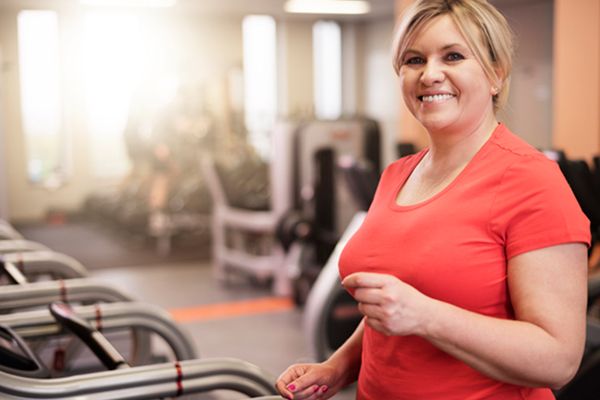








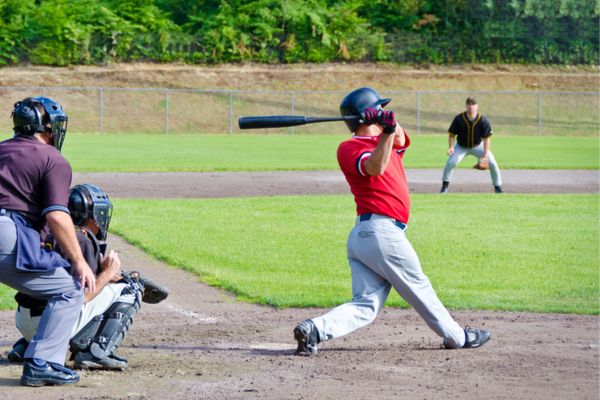





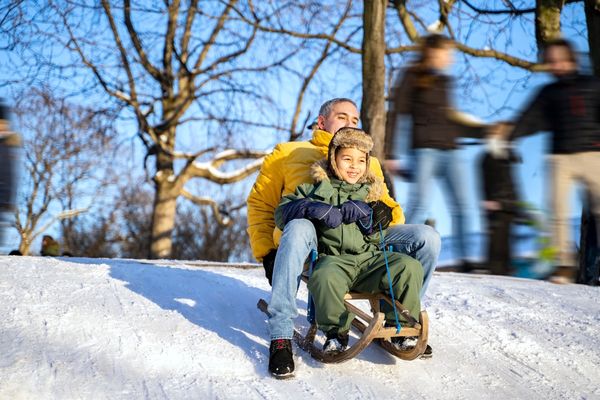





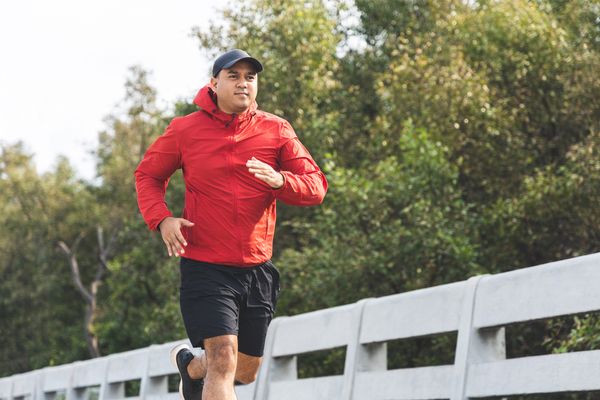

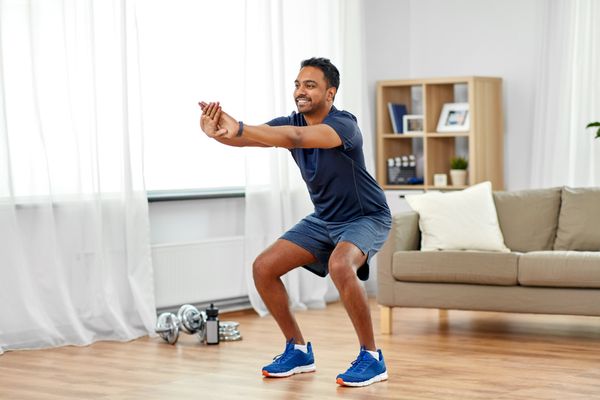
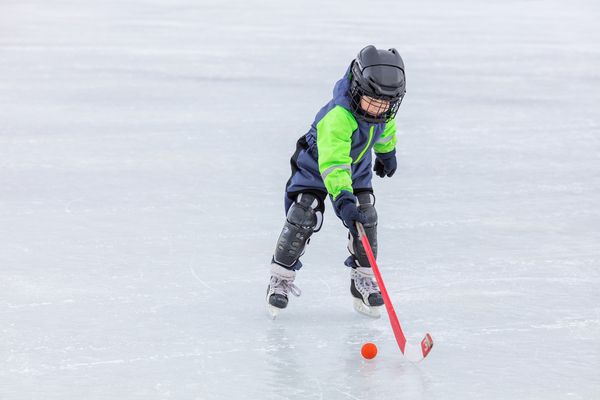




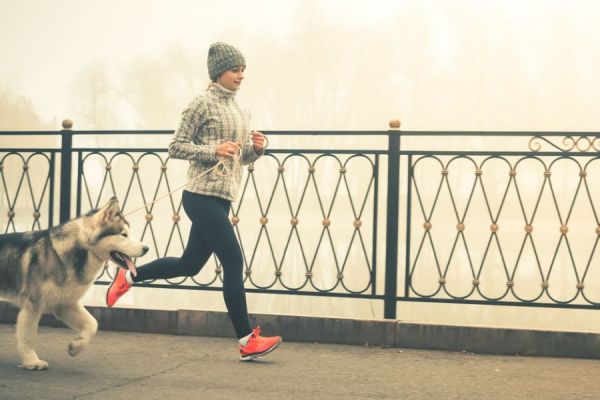
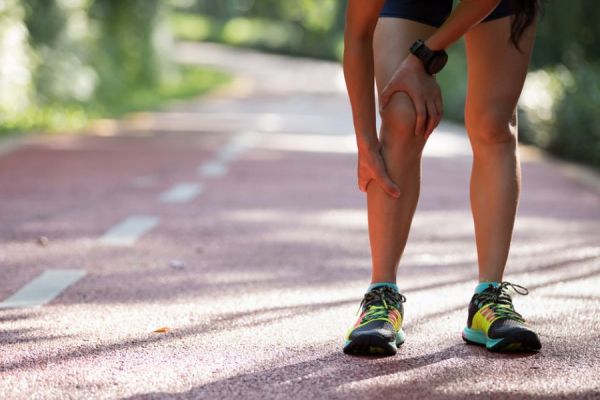
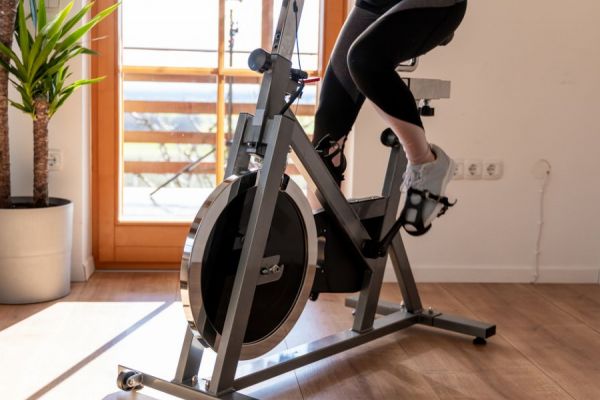

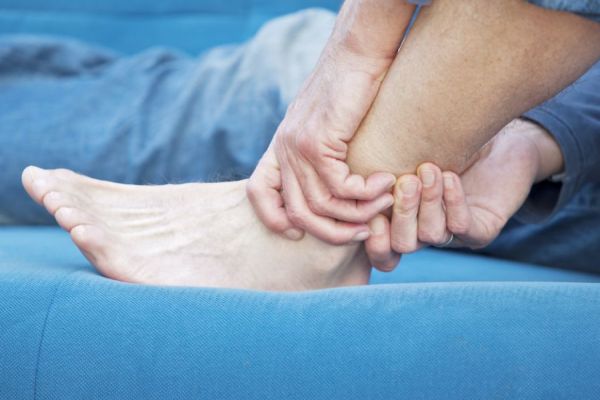
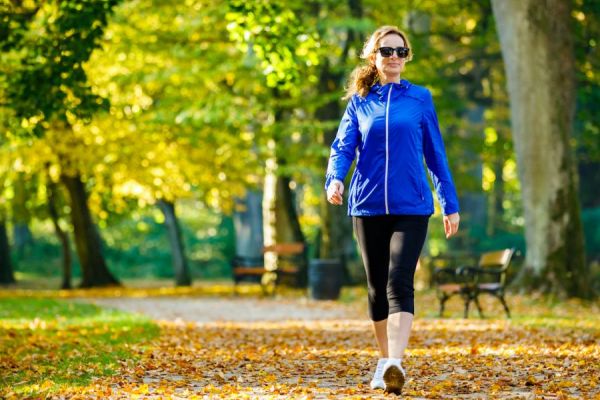
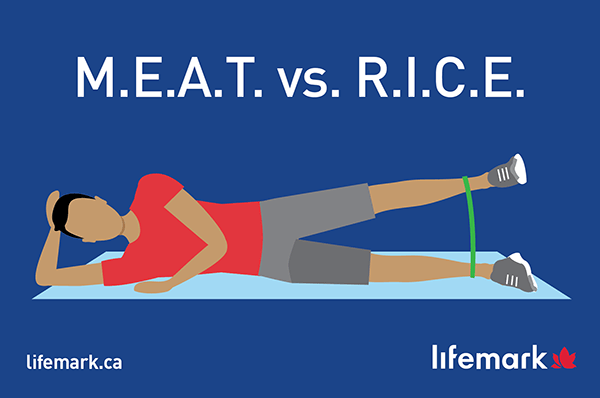
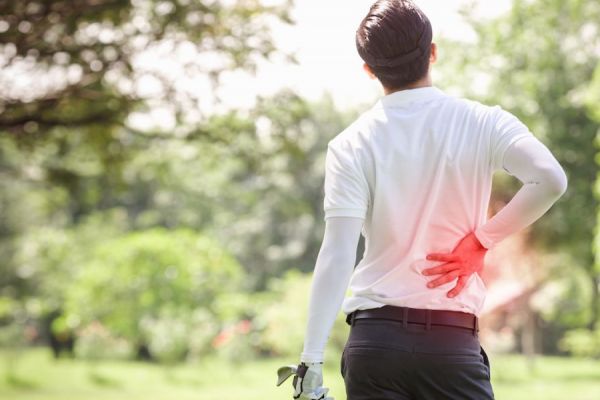
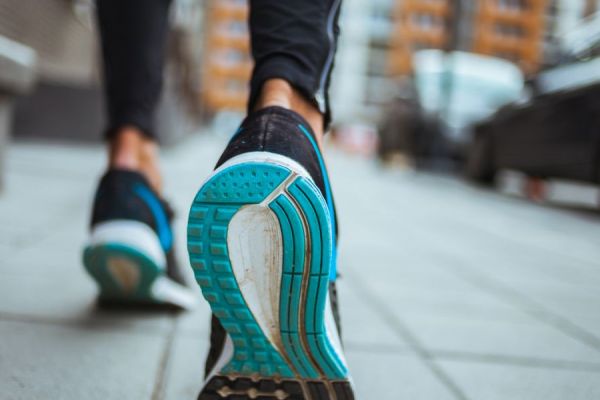















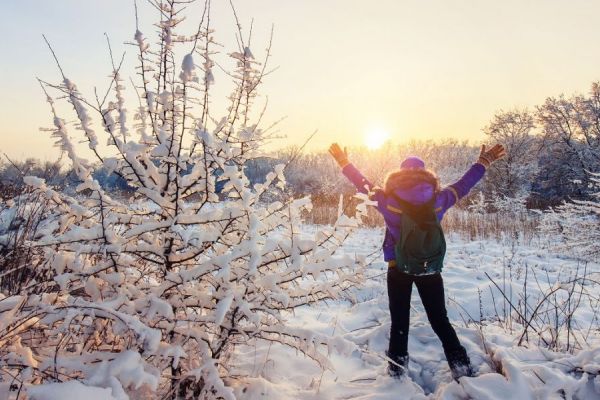
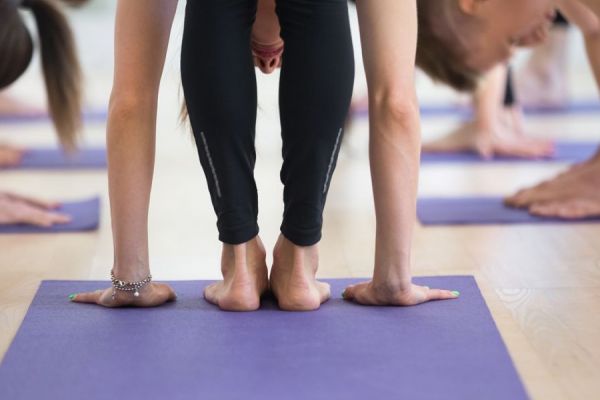


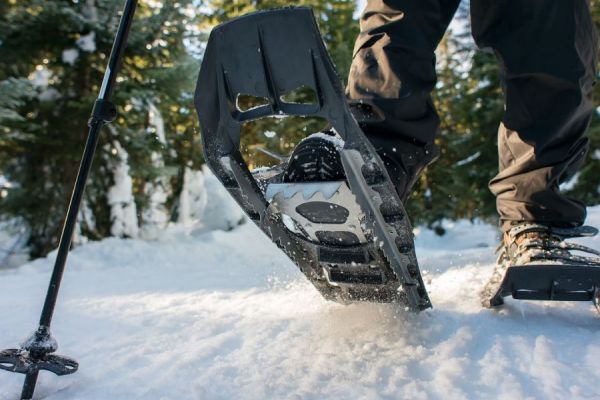
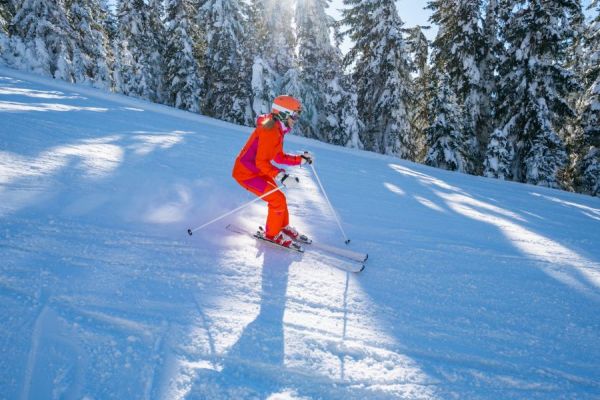


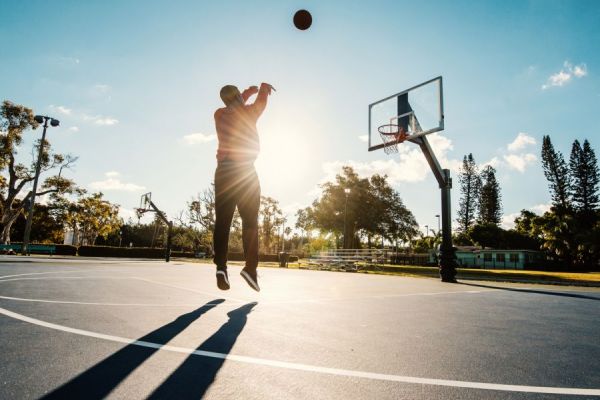
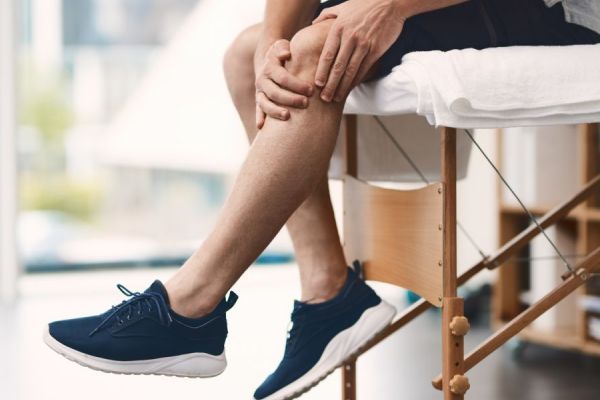


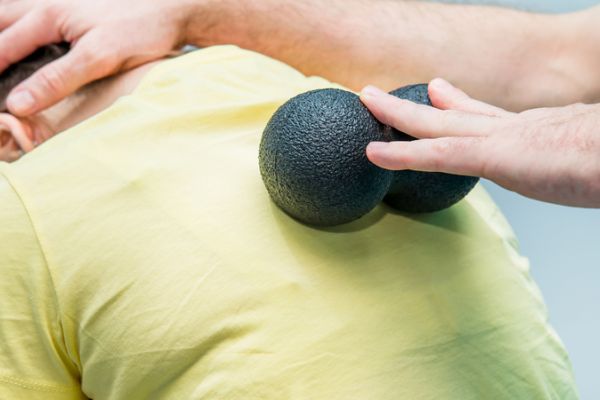






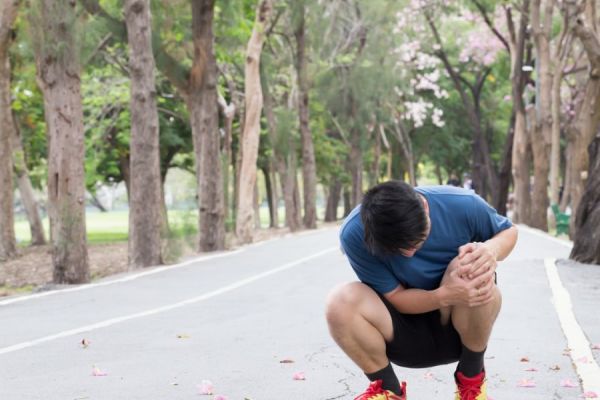



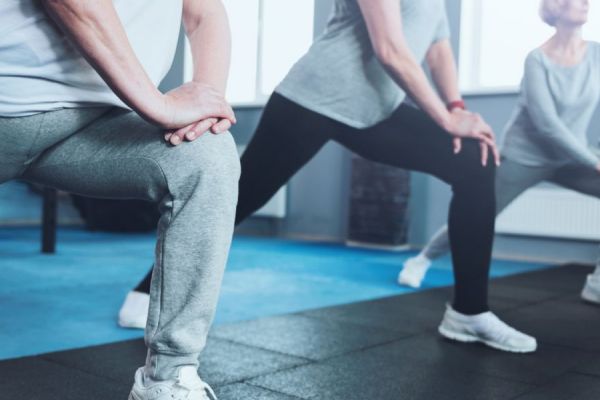

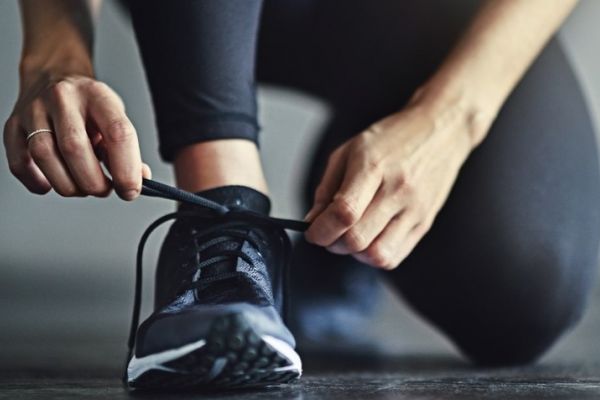




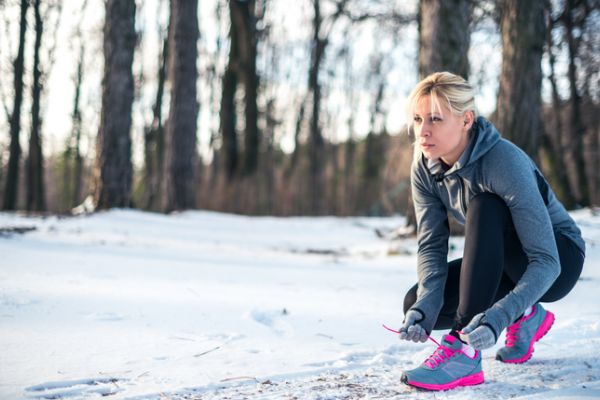
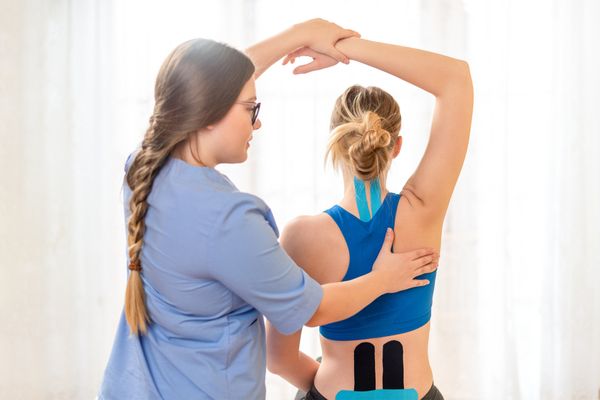

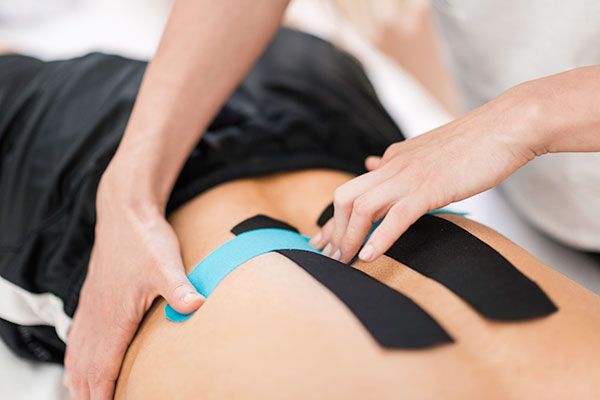









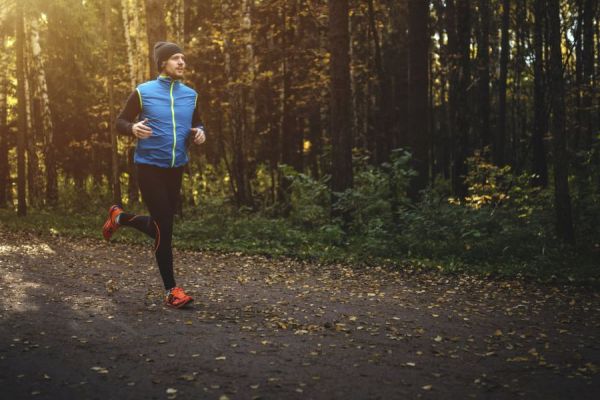


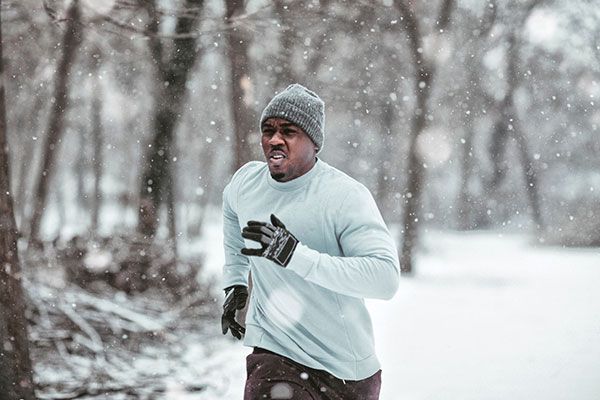


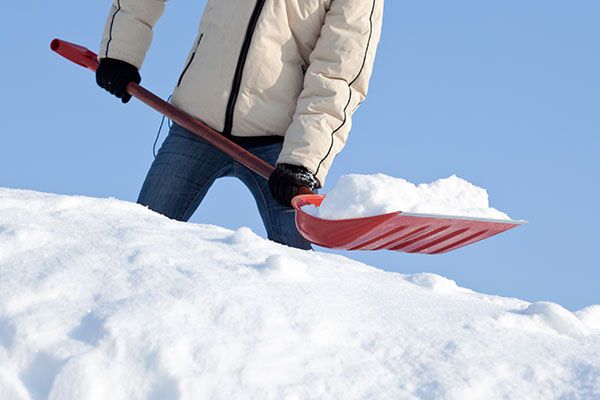

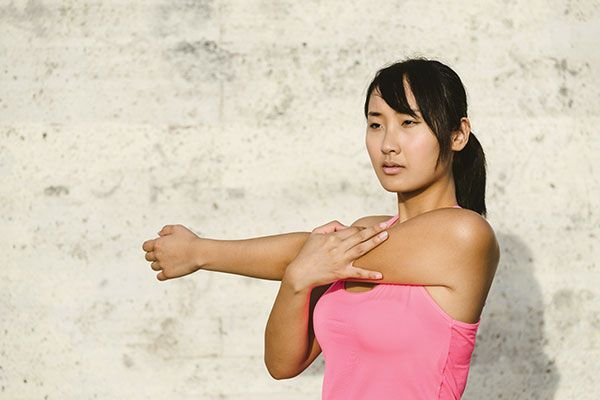
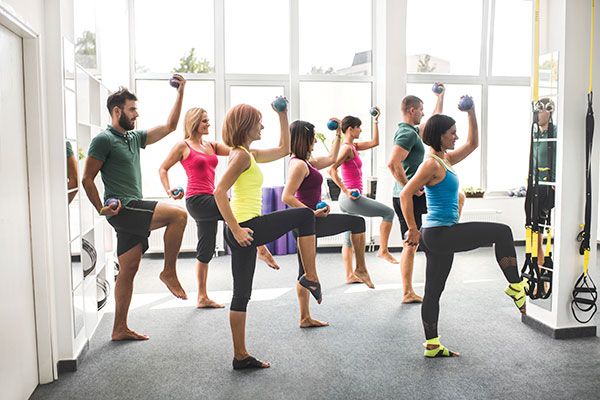

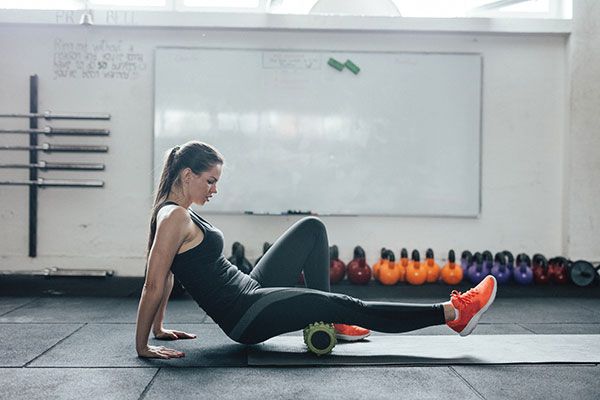
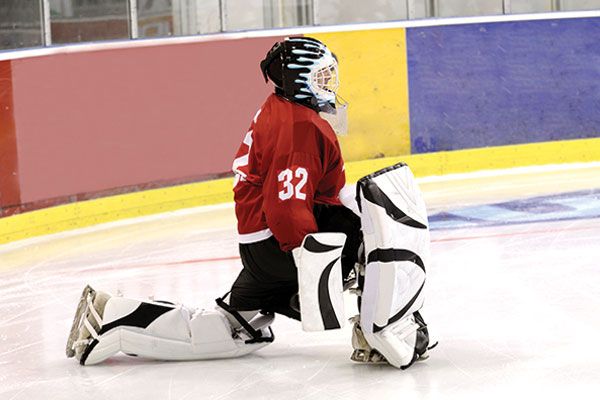
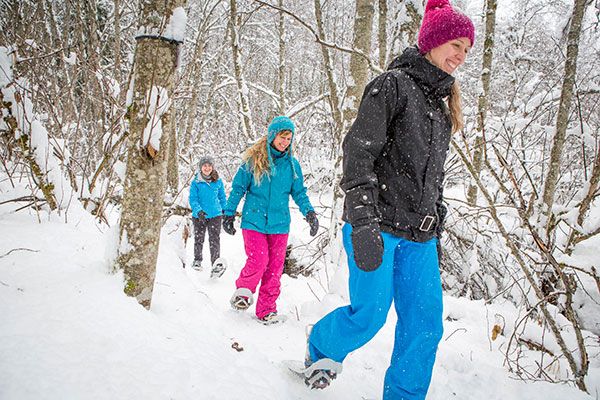




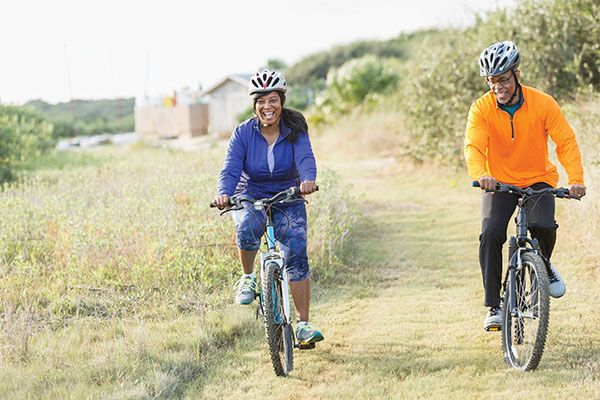

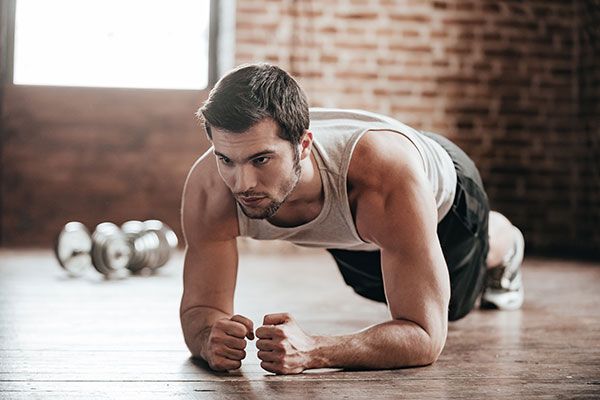
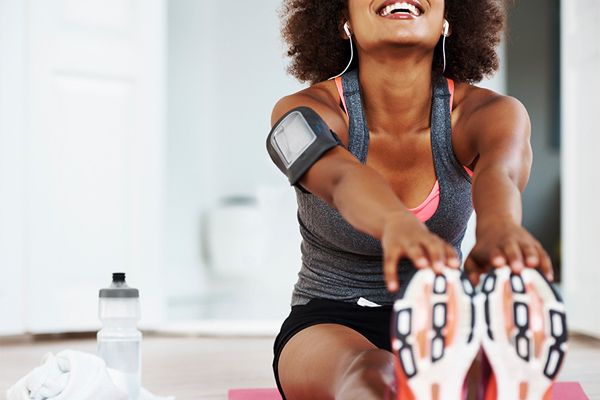


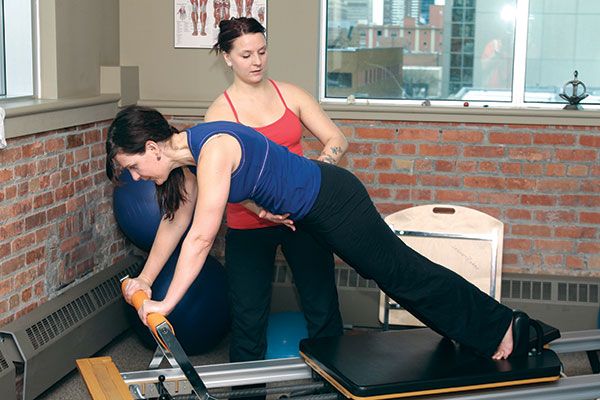
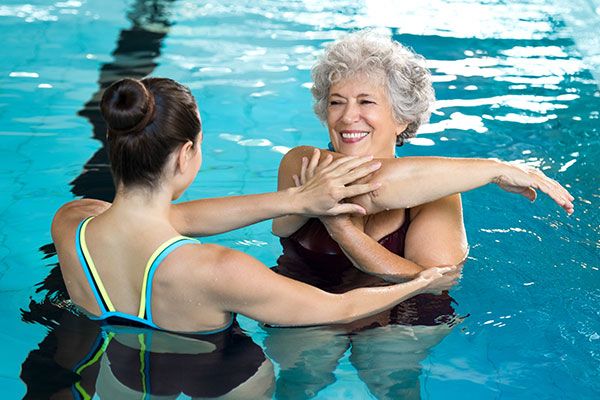
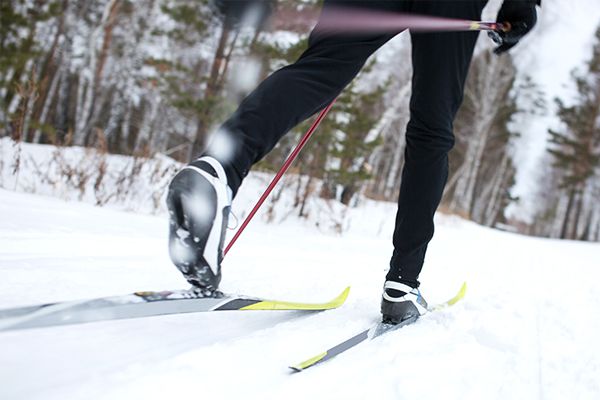
We can help you move and feel better.
Book an appointment today.